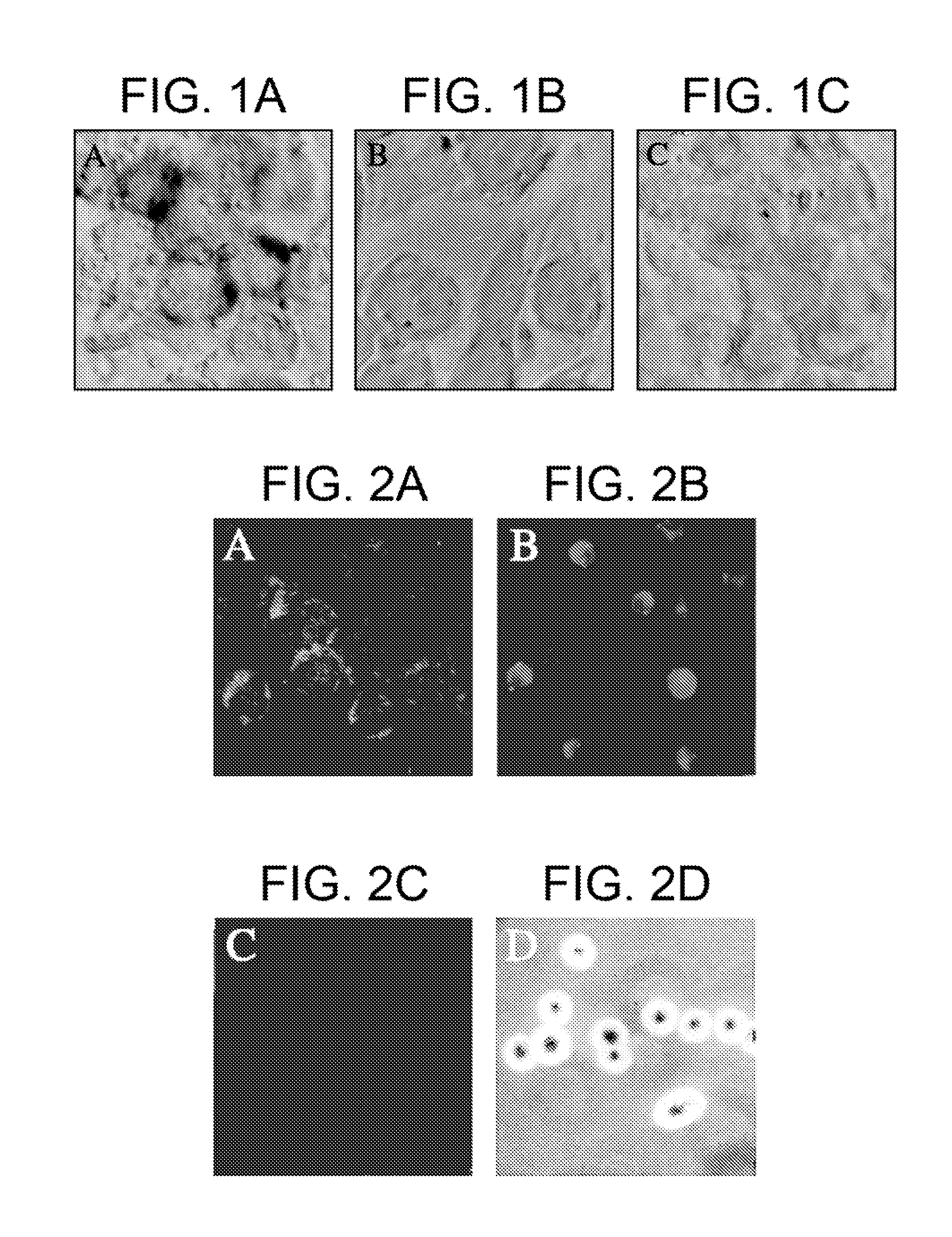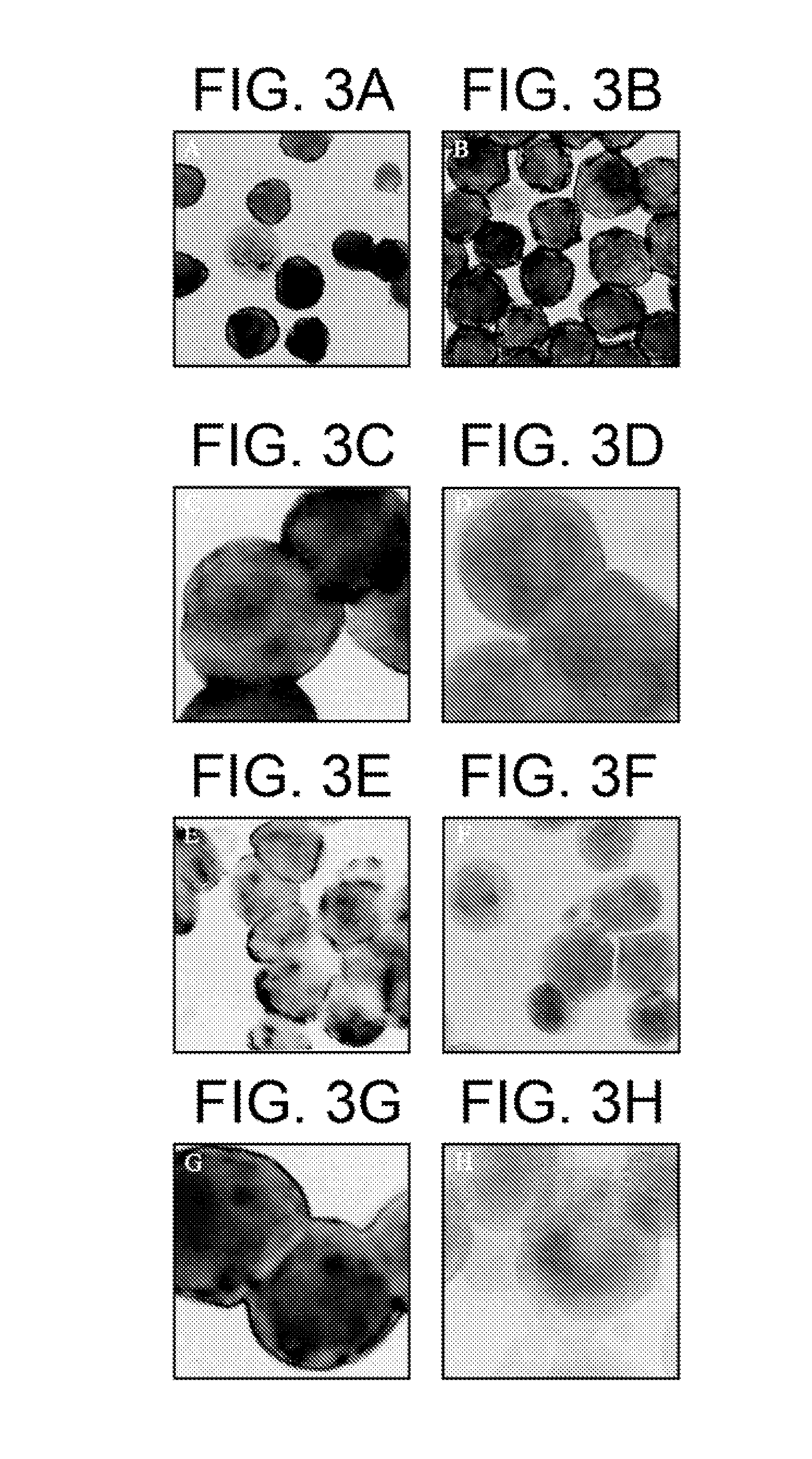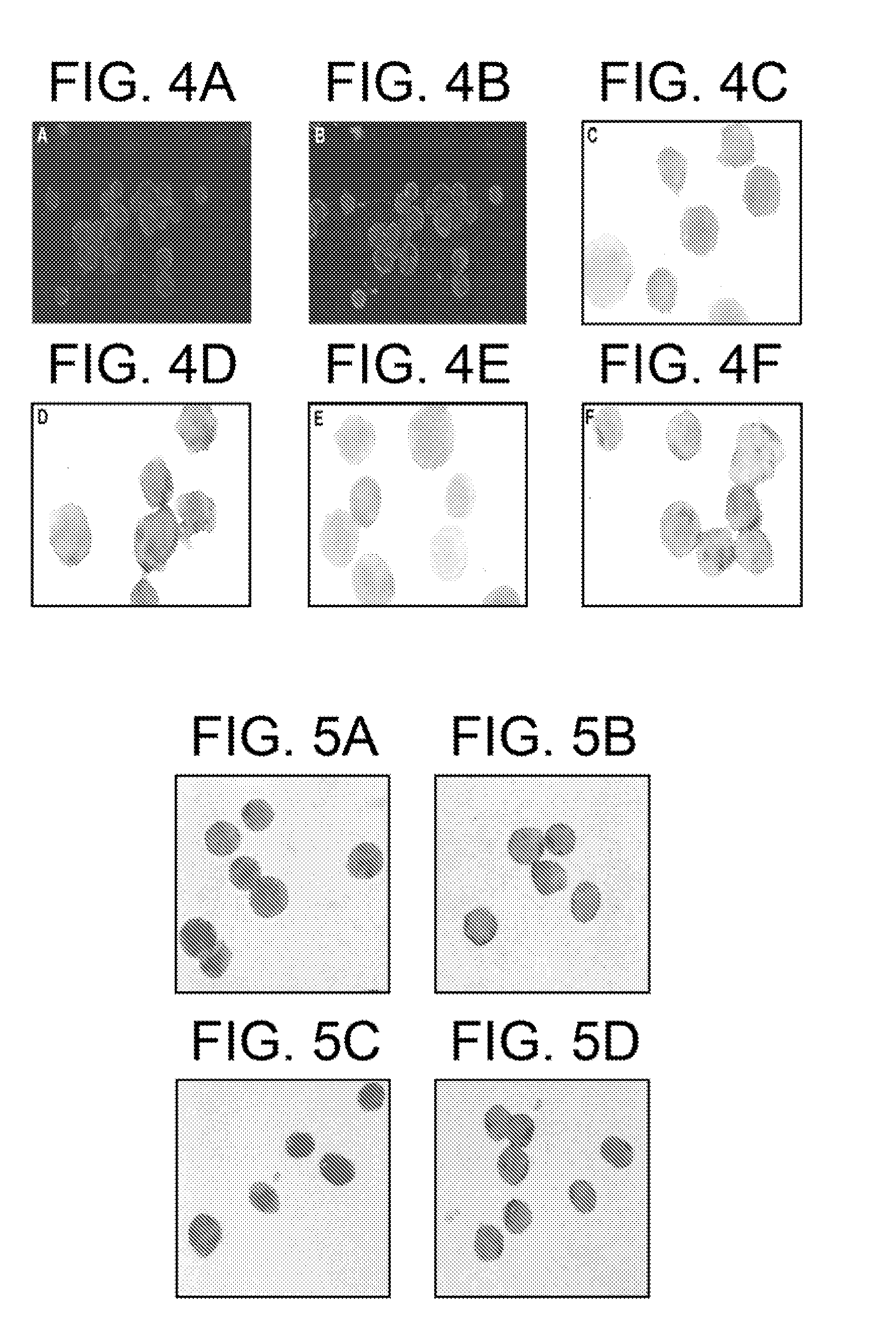Method of inhibiting infection by HCV, other flaviviridae viruses, and any other virus that complexes to low density lipoprotein or to very low density lipoprotein in blood by preventing viral entry into a cell
a virus and cell technology, applied in the field of virus cell endocytosis inhibition, can solve the problems of hcv infection and proliferation mechanism that are difficult to explain, hinder the development of drug therapies aimed at preventing hcv infection, and remain elusive, so as to prevent cellular endocytosis and block the binding of the lipoprotein complex. , the effect of preventing the cellular endocytosis
- Summary
- Abstract
- Description
- Claims
- Application Information
AI Technical Summary
Benefits of technology
Problems solved by technology
Method used
Image
Examples
example 1
Endocytosis of HCV Via the LDL Receptor
[0040]It was previously demonstrated that endocytosis of HCV in vitro correlates with the titer of HCV in the inoculum. The percentage of cells positive for HCV RNA as determined by ISH correlated directly with the number of gE of HCV per cell as determined by RT-PCR (Agnello et al. (1998) Hepatology 28, 573-84). There also was a crude correlation between intensity of ISH staining for HCV RNA and gE HCV per cell by RT-PCR. The specificity of this ISH assay for HCV is shown in FIG. 1. The brown staining of HEp2 cells 24 hours after inoculation with HCV indicates the presence of positive strand HCV (FIG. 1A). In contrast, HEp2 cells incubated with respiratory syncytial virus or adenovirus (FIGS. 1B and 1C, respectively) show no staining for HCV using the same ISH.
[0041]For a further investigation of endocytosis of HCV by cells in vitro, a variety of human cell Cultures were demonstrated to have LDL receptors with the use of anti-LDL receptor anti...
example 2
Replication of Endocytosed HCV
[0051]Replication of HCV has been reported in HepG2 (Subramanian et al. (1995) J. Lab. Clin. Med. 125, 479-485) and Daudi (Weisgraber et al. (1983) J. Biol. Chem. 258, 12348-12354) cell cultures. Extended cultures of HepG2, Daudi, and G4 cells were tested serially by ISH for evidence of replication. In the HepG2 cells, only positive-strand HCV was detected in the cells up to 1 week, but at 3 weeks, 85% of the cells contained positive-strand HCV and 65% contained negative strand HCV. At 4 weeks, the cells were negative for HCV. In Daudi cells, only positive strand was detected through day 10, but on days 15 and 20, both positive- and negative-strand genome sequences were present in 80% cells. The cells died in the 4th week of culture. Only the positive strand of HCV was detected in G4 cells up to 1 week; the cells died after 1 week.
example 3
Endocytosis of Other Flaviviridae Viruses
[0052]Commercial bovine sera known to be contaminated with the pestivirus, BVDV (Nuttall et al. (1977) Nature, 266, 835-837 and Yanagi et al. (1996) J. Infect. Dis. 174, 1324-1327), were investigated. Human cell lines routinely cultured in media containing bovine serum were found to be positive for intracytoplasmic BVDV by immunofluorescence using anti-BVDV-antibody. The presence of BVDV was confirmed by RT-PCR using BVDV-specific primers. Negative strand BVDV was not detected in cells nonpermissive to infection. BVDV-positive human nonpermissive cells became negative over a 4-week culture period in noncontaminated media. Endocytosis of BVDV by nonpermissive cells could be inhibited completely with anti-LDL receptor antibody but not with the control anti-transferrin receptor antibody.
[0053]With the use of cytopathic NADL strain of BVDV and permissive cells, BT or bovine kidney (MDBK) cells, anti-LDL receptor antibody but not control antiserum...
PUM
 Login to View More
Login to View More Abstract
Description
Claims
Application Information
 Login to View More
Login to View More - R&D
- Intellectual Property
- Life Sciences
- Materials
- Tech Scout
- Unparalleled Data Quality
- Higher Quality Content
- 60% Fewer Hallucinations
Browse by: Latest US Patents, China's latest patents, Technical Efficacy Thesaurus, Application Domain, Technology Topic, Popular Technical Reports.
© 2025 PatSnap. All rights reserved.Legal|Privacy policy|Modern Slavery Act Transparency Statement|Sitemap|About US| Contact US: help@patsnap.com



